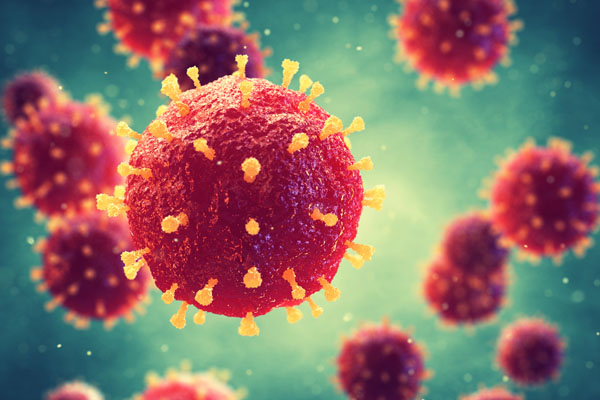Infectious Disease
Hazard Description
Although chronic disease has placed a lasting strain on the nation’s healthcare system, acute infectious diseases are a greater immediate threat to the system’s capacity. Infectious diseases may be caused by pathogenic bacteria, viruses, fungi, or parasites, and many are characterized by symptoms such as fever, diarrhea, fatigue, muscle aches, coughing and other respiratory symptoms, and rashes. Many potentially devastating diseases are spread through physical contact, ingestion, insect bites, and inhalation. Airborne diseases and those spread through physical contact pose higher risks to the community because they are difficult to isolate and control.
are a greater immediate threat to the system’s capacity. Infectious diseases may be caused by pathogenic bacteria, viruses, fungi, or parasites, and many are characterized by symptoms such as fever, diarrhea, fatigue, muscle aches, coughing and other respiratory symptoms, and rashes. Many potentially devastating diseases are spread through physical contact, ingestion, insect bites, and inhalation. Airborne diseases and those spread through physical contact pose higher risks to the community because they are difficult to isolate and control.
Impact
Infectious disease outbreak has the potential to paralyze socioeconomic activity and critical government functions. Diseases such as influenza, pertussis, tuberculosis, and meningitis are spread by these pathways and pose a significant threat to communities. Many diseases spread through close contact, meaning highly populated areas like Reno and Sparks are more prone to widespread outbreaks. Public gathering places where people may be together in close quarters, such as schools and childcare facilities, offices, and transportation terminals, provide more opportunities for diseases to pass from one person to another. Outbreaks of infectious diseases most often affect pockets of vulnerable populations. However, a worst‐case scenario could overwhelm local hospitals and medical facilities and require a surge response
Mitigation
The World Health Organization monitors infectious disease conditions and their migration on a global level. In the United States, monitoring of infectious diseases is handled by the Centers for Disease Control and Prevention (CDC). On a statewide level, the Nevada Division of Public and Behavioral Health is the lead agency for the monitoring of infectious diseases. The Washoe County Health District (WCHD) is the lead local agency responsible for prevention, control, and treatment of infectious disease within the planning area. They serve to protect the health of the public; determine the extent of morbidity within the community; evaluate the risk of transmission; and intervene rapidly when appropriate.
Sign-up for Alerts
Citizens can register for reverse telephone notification, called Code Red, as well as other notifications concerning alerts. To sign up, click on the “Regional Notification” link on the menu and follow the instructions.
To learn more about the Washoe County Health District, click here.
